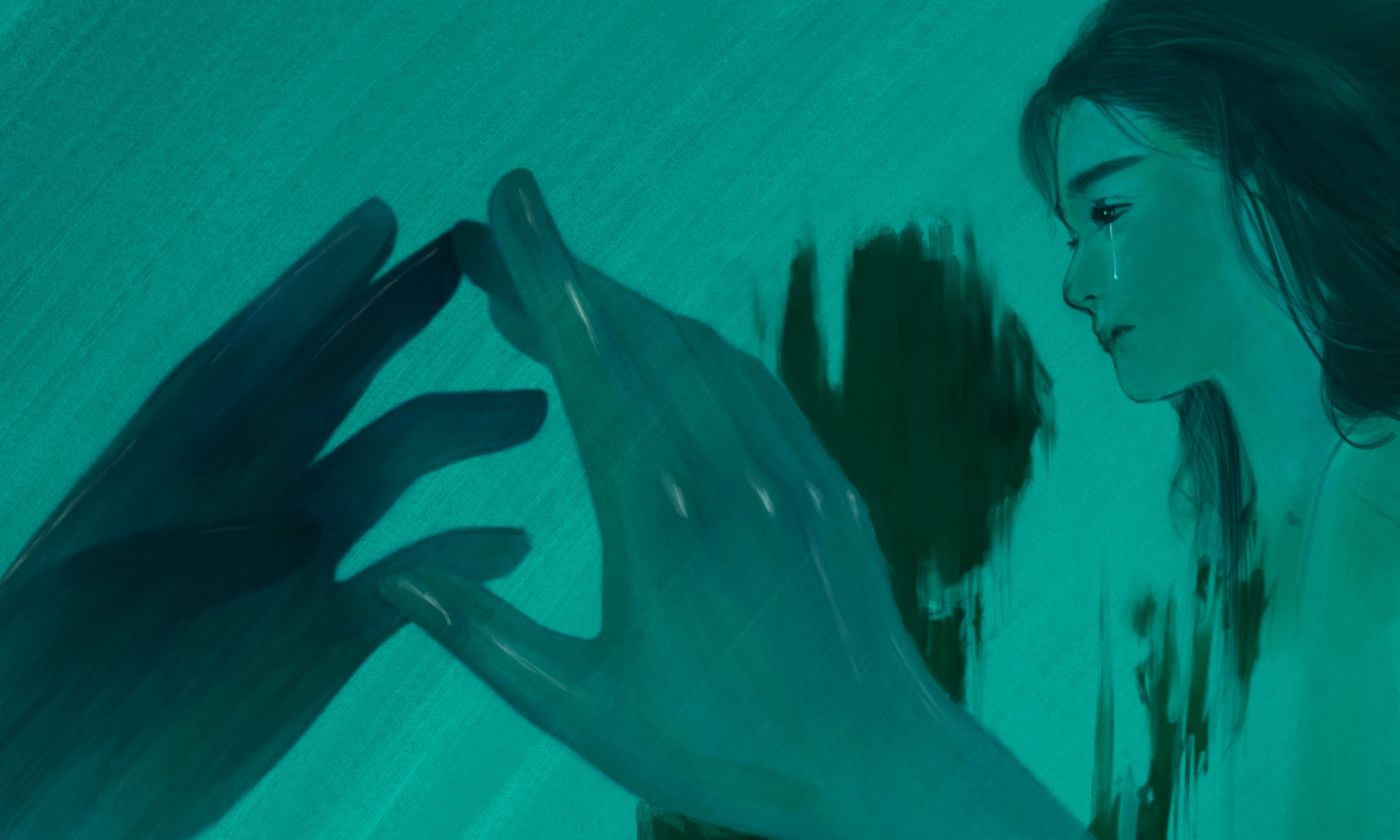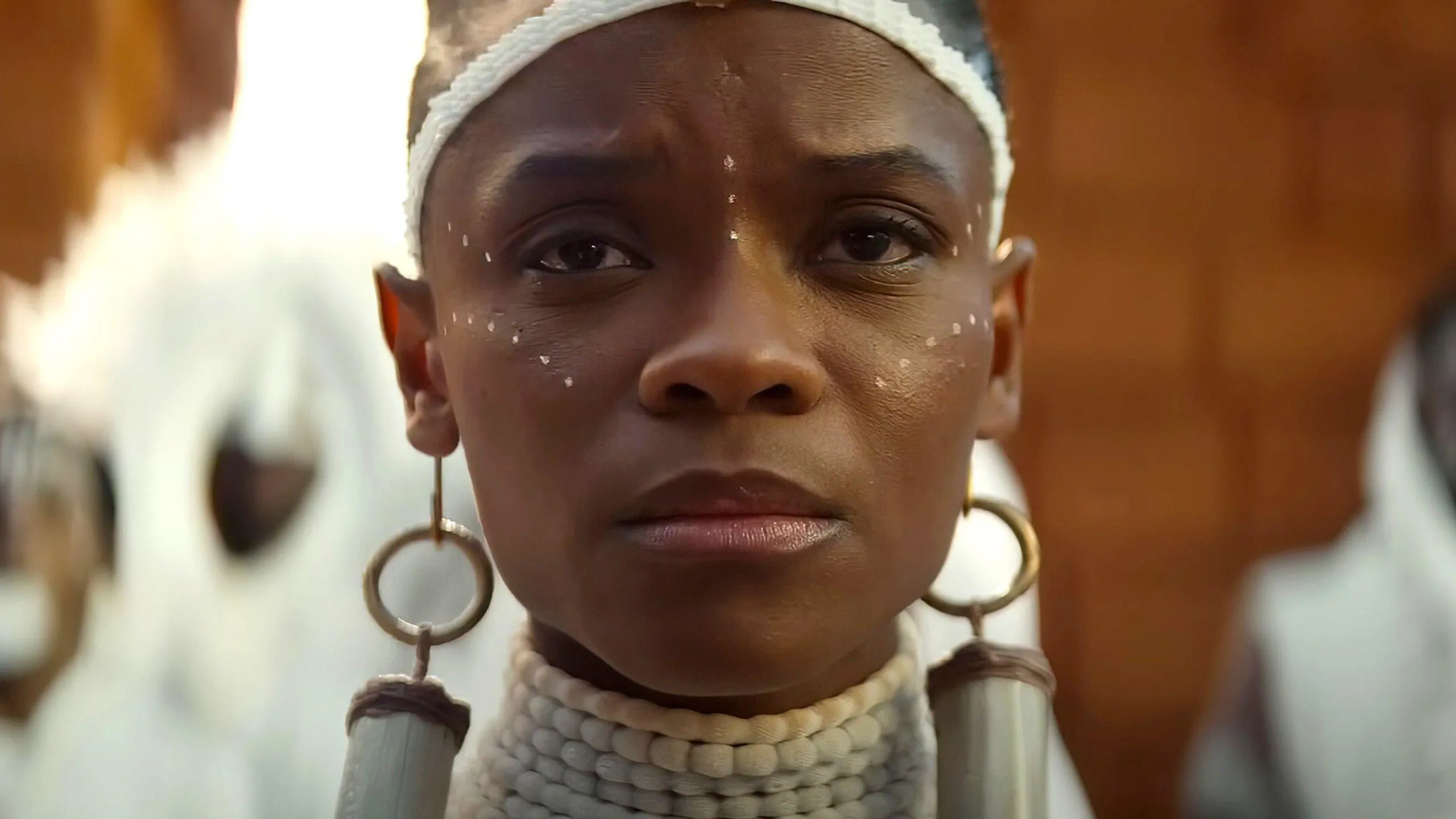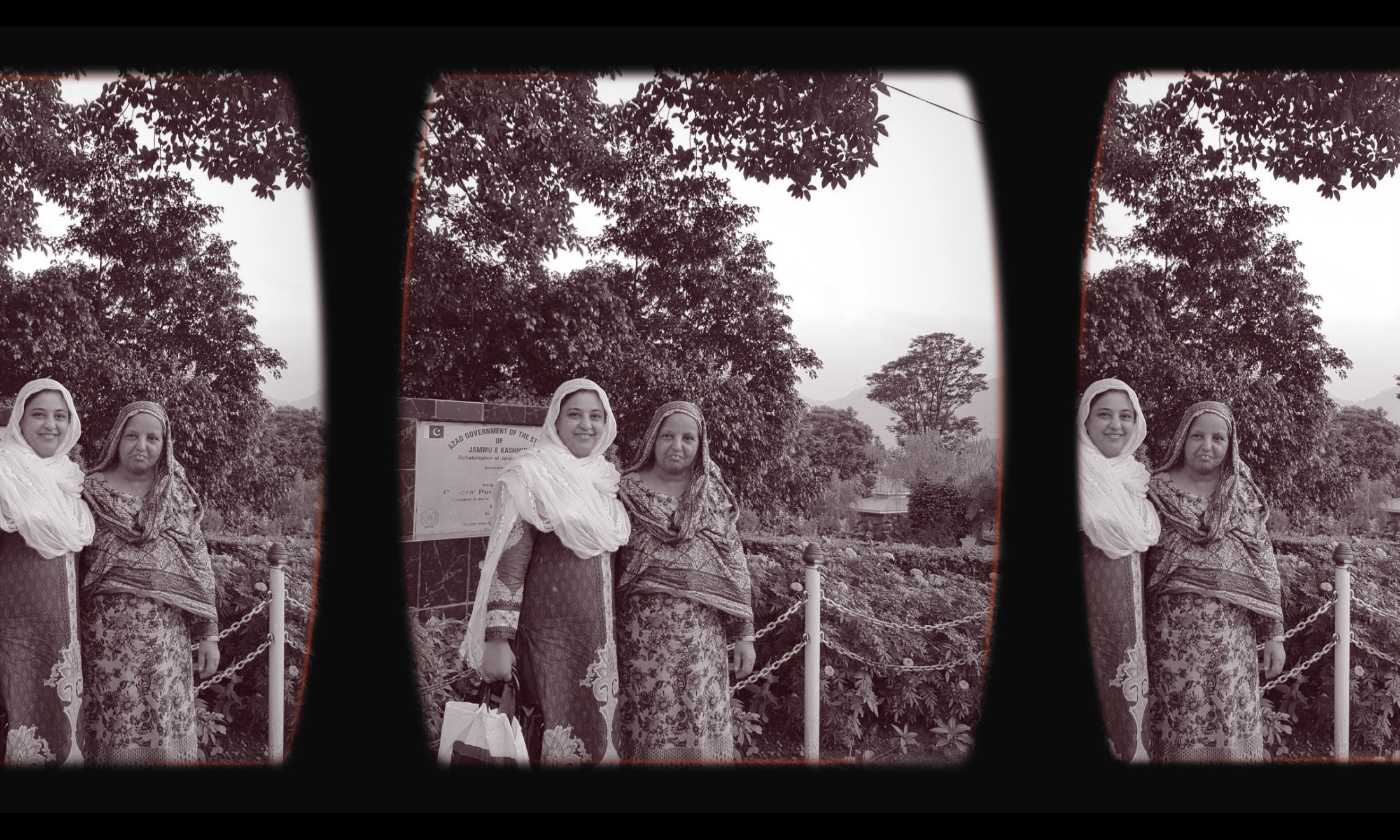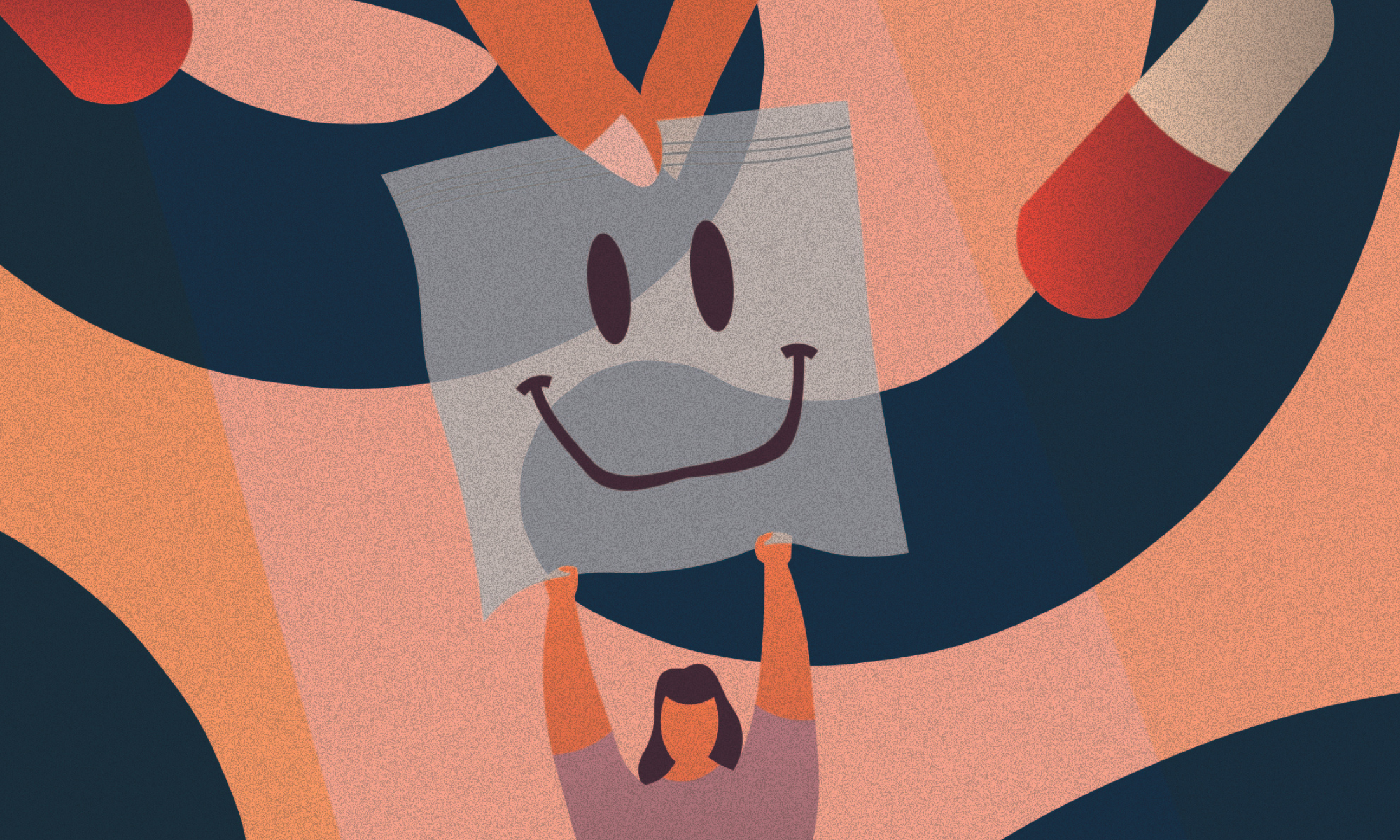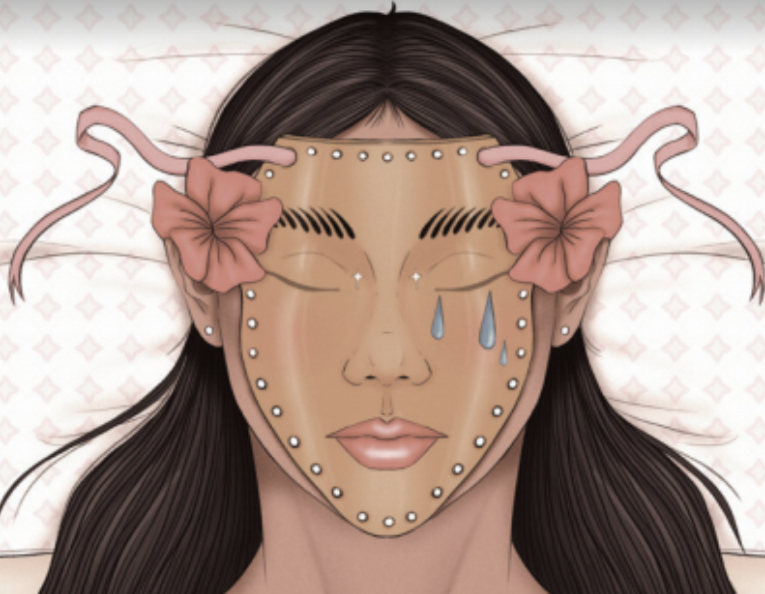
Illustration by Anshika Akhullar
The sun is shining through the windows of Coffee in the Wood onto a man’s pained expression. As he runs his fingers through his hair, the rays illuminate his blue eyes which appear to be filling with tears as he reveals his anxieties over the imminent death of a loved one.
I nod. In between bites of the coffee and walnut cake that the group around us has been politely dissecting, I interject with details leading up to my grandmother’s passing that I haven’t shared with anyone else before. It’s not what you’d usually talk to cafe staff about, but that’s the nature of the Death Cafe, a pop-up roundtable discussion about dying and grief.
The sign on the door reads “Closed” as we create a rare space for emotional intimacy with strangers that couldn’t exist during normal business hours. The icing of the communal cake is both bitter (thanks to the sharpness of the coffee) and sweet – much like this off-kilter Sunday afternoon activity. None of the people sat round the table would class themselves as close. Yet the conversations had during the course of our hour together are deeper than the DMCs (deep meaningful conversations) you have at 5am after a euphoric night out. Led by a psychotherapist and “death doula” called Cecilia, visitors to the Death Cafe in Colliers Wood are invited to eat, chat and confront their own mortality, as she believes that “talking about death leads to a fuller life”.
They may have a point. Considering that literally every one of us is going to die, we as a species haven’t standardised how to approach it. Every culture has developed very different norms. In Britain, we’ve mostly decided to take a stiff upper lip approach, preferably avoiding seeing the corpse. Whereas in Madagascar, the Malagasy people dig their loved ones up for a dance. Tibetan Buddhists might skip a burial altogether in favour of being fed to the birds.
“Considering that literally every one of us is going to die, we as a species haven’t standardised how to approach it. In Britain, we’ve mostly decided to take a stiff upper lip approach”
Since Tutankhamun, through the Roman era, and briefly reignited by those kooky Victorians, death masks cast from the corpse’s face have drifted in and out of fashion. Usually the casting is made shortly after death, so they preserve the likeness of the departed and you can hold on to their face forever.
Who is to say which is the most healthy? I wanted to go on a journey through death to see how it’s handled, and meet the people who are devoting their lives to it.
From a pop-culture perspective, death is in right now. On screen, writers are finding success with different projects that grapple with the end of life. The Farewell, a hard-to-believe true story, is based on a complicated lie. When director Lulu Wang’s grandmother received a fatal cancer diagnosis, her family decided it was best to keep the bad news to themselves and the film, starring Awkwafina, explores grief in East Asian families. Earlier in the year, Netflix dropped Dead to Me, a gal-pal comedy set against the backdrop of a heartbreaking hit-and run, while Russian Doll forced Natasha Lyonne (Nadia) to relive her 36th birthday and death over and over and over again. Add these to a list of shows dealing with death, like The Good Place, Search Party, The End of the F***ing World and 13 Reasons Why. There’s a whole host of projects daring viewers to embrace the macabre.
“We don’t want to talk about death, dying, funerals – but we LOVE death in our stories. It’s so telling,” says Louise Hung who co-writes and produces videos for YouTube channel Ask a Mortician. “We love shows about crime scenes and murder and killer ghosts but we like to skip the part about the corpses. We enjoy all the stuff around the death, but we don’t want to look square at THE DEATH. And when we do, it’s HORROR. I get it, it’s scary. Death is scary! Nobody’s trying to take that away.”
The Global Wellness Institute has coined the phrase “death wellness” to describe how a cross-section of health experts, spiritual leaders, and average Joes are trying to demystify our final days. Now, there’s a whole host of people taking it upon themselves to get us to confront death and guide us through the process. Alongside a spread of death cafes, there are death dinner parties, festivals, and new death professions, like death doulas.
A Google Trend report for the term “death doula” shows it has skyrocketed in popularity over the last couple of years, as online courses to qualify pop up, some charging around $7,000 (£5,600).
San Francisco-based Elizabeth Wong is a death-doula-in-training, having been attracted to the profession by the realisation that her aging mother required guidance. When it came to the burial of her grandmother when she was younger, her mum had been very transparent. “She told me that if the mouth is open then you need to put a coin in it,” she says. This practice is prevalent in a number of East and South East Asian traditions, connected to beliefs that the dead can use the coin to pay guardian spirits as they pass into the afterlife. Despite these optimistic rituals that normalised death for Elizabeth, she didn’t know how to act as a guide on her mother’s behalf as she entered old age and struggled to find information around medical planning in Cantonese.
Her qualification with the National End-of-Life Doula Alliance (NEDA) isn’t just any wishy washy certification – she has to complete volunteering assignments to learn how to communicate with people who are dying or grieving, and is put through a range of assessments online. Similar courses pair their students with mentors and include workshop components. Elizabeth is planning on using her newfound knowledge to run events at the Reimagine End of Life festival, a 10-day-long conference dedicated to death and dying, including doula training and “death over dim sum”, a culturally sensitive and bilingual workshop.
Realising that the West’s aversion to talking about death means we’re all left with far more questions than answers, Ask a Mortician started answering callouts from loyal followers in 2011 and has since amassed almost 85 million views. They’ve answered everything from, “What do you do if you want to be buried in America but you die in Korea?” and “What happens to your gold teeth and blood when you die?” to whether you can turn your amputated limbs “into a lamp”.
“I’m very proud of a video we did about what happens when someone who is fat or very fat dies, what their practical options are,” says Louise. “In the video, we were honest that things aren’t always great for fat people when they die [funeral costs can be up to $3,000 or £2,400 more than the average] – and that needs to change – but part of that change will come from speaking up, making death plans, and demanding that those plans are respected.” Her channel is just one cog in the death wellness or “death positivity” machine – the latter a phrase coined by The Order of the Good Death, a group of funeral industry professionals, academics and artists that Louise belongs to. “I am fascinated by how Westerners essentially live in a death-phobic culture,” she adds. “Death will always be scary: it’s the unknown. But making death part of how we engage with mainstream culture – our lives – can defang it a little.”
However, death positivity and death wellness are in some ways a Western solution to a Western problem. Many cultures have of course already developed rituals around death that go beyond the West’s death-funeral-silence formula.
“My sister and I actually made up a rap called ‘Nana in the Grave’. I guess that was our way of normalising it. I have the tape today – we are literally in tears of laughter”
Sarah Perrote previously worked as a mental health professional and has 18 years’ worth of experience in grief and loss work as a mortician and funeral director. But she says that her Native American Potawatomi heritage means that she’s aware of a number of alternative religious practices. Freedom for Native Americans to perform culturally important ceremonial rites and have access to sacred sites which were once the norm were largely wiped out by colonialism, which made them illegal until the late ’70s when the American Indian Religious Freedom Act was introduced.
“It’s important to note that there are over 500 nations of indigenous people in the States alone, and while we may have some overlap, we do have unique practices, taboos, traditions, and ancestral practices,” she explains, seriously. “Among my mom’s people, you always know when there has been a funeral because you’ll see the markings on our faces (smudges) that remain on our faces during the mourning time. We have wakes that last several days and during this time the body is (ideally) kept in the family home.”
Over in Jamaica, families will gather for “nine night”, a tradition that developed out of African religious beliefs. On the ninth evening after the death, the spirit would pass through the party as loved ones sing, pray and tell stories, all in the hope that the collective process will help the spirit let go and pass to the afterlife. Natasha Gordon was so fascinated by her first experience that it became the focus of her critically acclaimed play Nine Night, that ran at the National Theatre before transferring to a successful West End run near Trafalgar Square.
“When a community gather in a home to pray and sing, the bricks and mortar disappear and something tangible and unexpected takes place, holding and comforting you beyond words,” Natasha says. Formatted as more of a party than a gloomy memorial, nine nights offer a space for “all sides of grief to exist”. As well as tears, there is joy as people look back on the life of the dead. “For some people, the force of life provided by the guest provides solace and appreciation. It’s so busy that it keeps you moving physically through your grief. In the end I feel that’s a positive practice – a very different experience to the finite goodbye of the funeral.”
When you’re from a minority ethnic background living in the land of your colonisers, this can impact your outlook on death completely. Amanda Blainey, author of the upcoming “manual for death” Do Death, For a Life Better Lived, says her vocation was largely spawned by her Sri Lankan heritage. Her dual identities, as she grew up in Britain, made her more receptive to making death a normal part of her everyday life.
“When my dad went back home to bury his mum, he came with pictures of her in her coffin and was like, ‘Come on then, let’s have a look.’ After, my sister and I actually made up a rap called ‘Nana in the Grave’. I guess that was our way of normalising it. I have the tape today – we are literally in tears of laughter.” It also helped that her mother worked in an old people’s home and took her to work; as a result, she got used to coming in regularly and hearing that a friend she had made was dead. “We’d be like, ‘Okay’. Then we’d move on to the next person that we could play with,” she explains.
Now, as well as hosting her own death cafe like Cecilia, she finds time to visit hospices as a spiritual and emotional wellbeing volunteer, speaking to people who are dying and their families to facilitate a comfortable death. “Your hearing is one of the last senses to go, so sometimes it can be as simple as asking people to be a bit more sensitive. Like, ‘Do you think your dad would like Magic FM blaring out right now?’” she laughs.
With all these fascinations, professions, practices and subcultures, one wonders whether there’s anyone getting death just right. Is there such a thing? According to Sarah, there isn’t a conclusive formula. “Death is death,” she says bluntly. “I think we often fail to see the value in the way our neighbours celebrate and honour life and death. In my experience, we are very quick to label other people’s cultural practices as ‘strange’ or ‘inappropriate’, especially when it comes to death.”
One thing I noticed when speaking to people devoting their lives to helping others through death was that, even if they differed slightly in their – approaches, there was a common thread. In many ways, death-related work is an avenue to connect with people on a deeper level and minimise their anxieties. In turn, this changes their own outlook on life and helps them take stock of the natural cycle of human existence. To fear death puts too much focus on the mystery of our demise, the ending we’ll never see. Instead communal grieving, frank conversation and realism about the fact that death is coming makes it a little easier to make the most of the time we have left. Because, when you accept that we’re all going to die one day, there’s really nothing left to do but get on with your life.
From gal-dem’s fourth print issue, on the theme of un/rest

